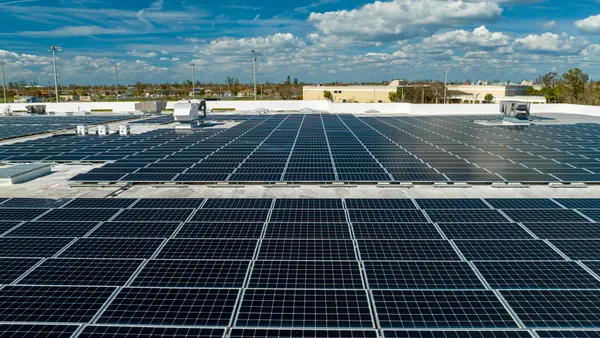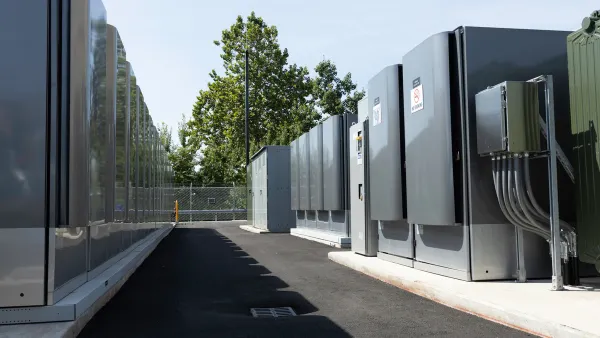Dive Brief:
- Ohio lawmakers are continuing efforts to extend a freeze on the state's clean energy and renewable standards, with Sen. Bill Seitz (R) proposing to amend legislation to technically bring back the requirements but with no compliance mandate for three years, The Columbus Dispatch reports.
- The state put a hold on its efficiency and renewable energy portfolio standard in 2014, but it is scheduled to come back into effect at the end of this year.
- The Columbus Dispatch reports Seitz's proposal requires utilities to meet clean energy requirements every three years, but leaves the current standards in place—so utilities would need to reach 6.5% renewable power un 2020, and 9.5% in 2023.
Dive Insight:
Ohio Gov. John Kasich (R) aimed to give utilities more flexibility when he froze the state's clean energy standards two years ago. But state lawmakers now want to extend the freeze, though that characterization depends on who you ask.
"There is no more freeze," Seitz told The Columbus Dispatch. But Ted Ford, president and CEO of Ohio Advanced Energy Economy, told the paper "it is more of the same from Sen. Seitz — a three-year extension of the freeze, another attempt to stall progress on energy in Ohio."
An original version of Seitz's bill looked to extend the hold on clean energy standards for three more years. The amended version would technically bring the standards into force but would also delay any compliance enforcement for three years.
Lawmakers have argued that uncertainty surrounding the Clean Power Plan, halted by the U.S. Supreme Court, means utilities need more certainty on emissions and environmental rules before the state can restart clean energy efforts. The D.C. Circuit Court of Appeals is hearing arguments today on the Obama Administration's signature climate law, which aims to cut carbon emissions from the power sector 32% nationwide by 2030 from 2005 levels.
Ohio's energy mandates passed with strong support in 2008, directing utilities to source a quarter of their electricity from alternative sources (including nuclear) by 2025, with half that amount coming from renewables. They were also directed to cut power usage 22% by that time.














